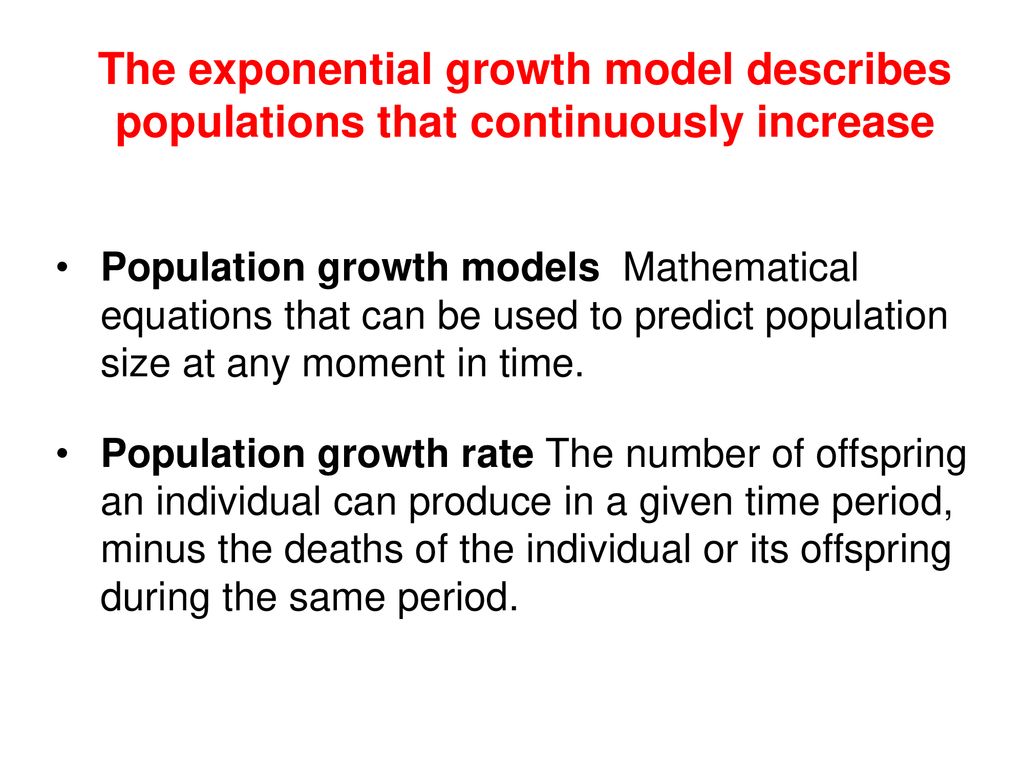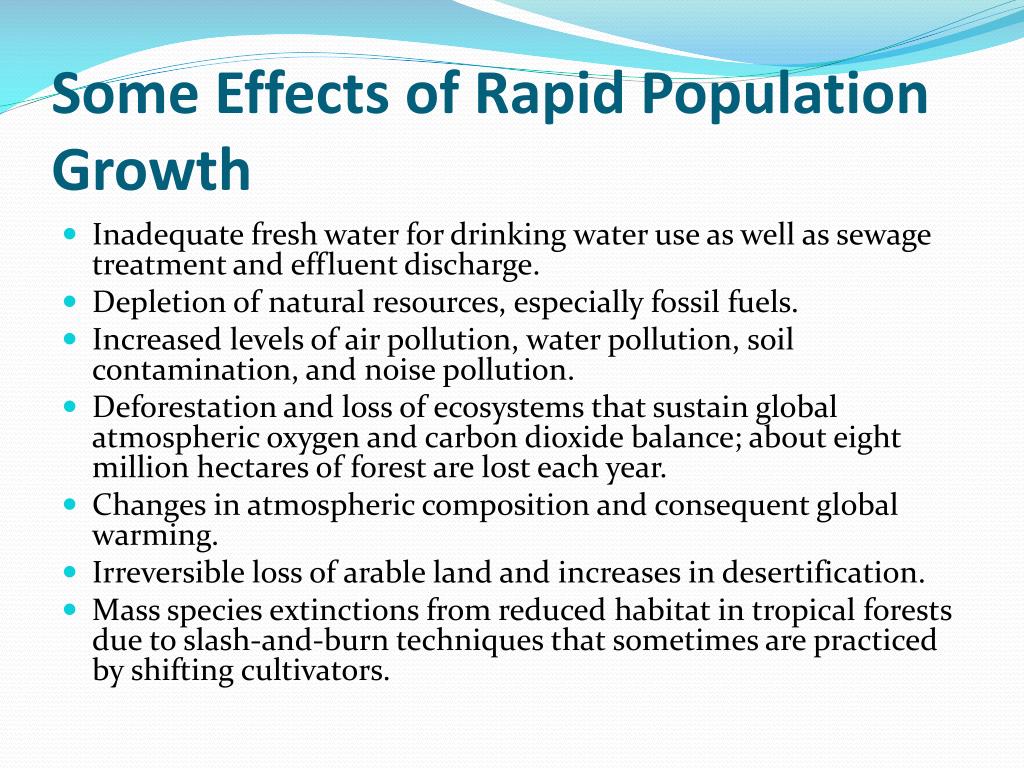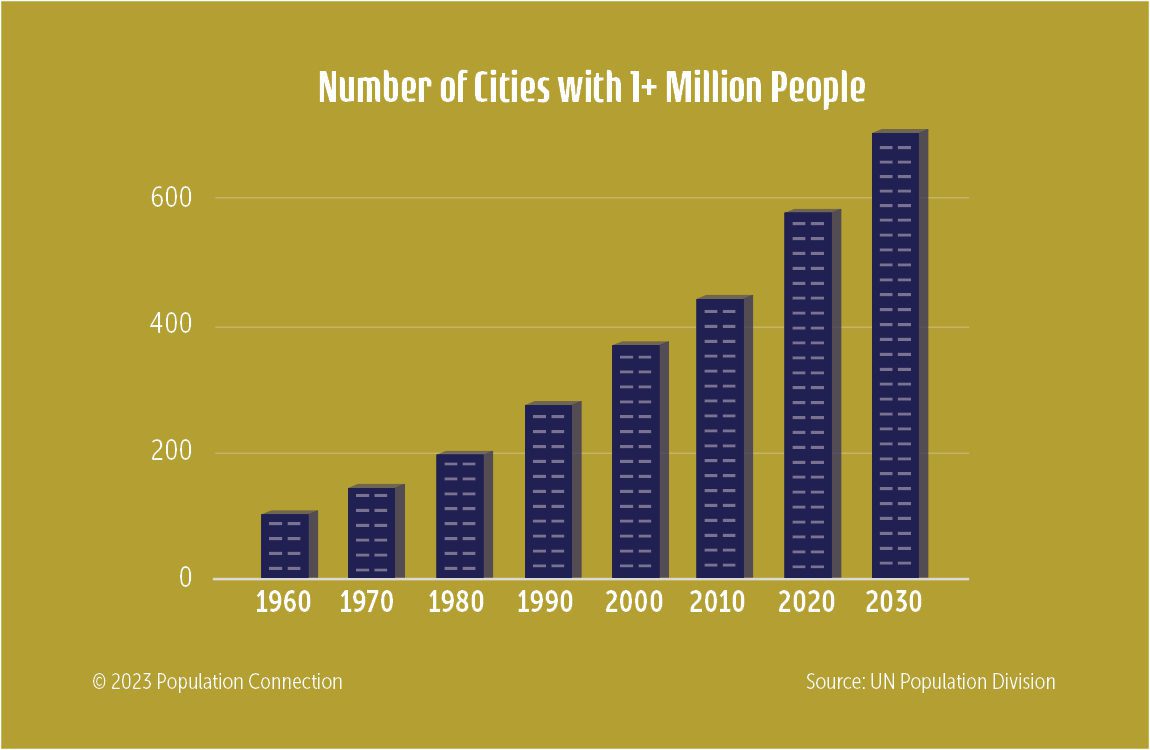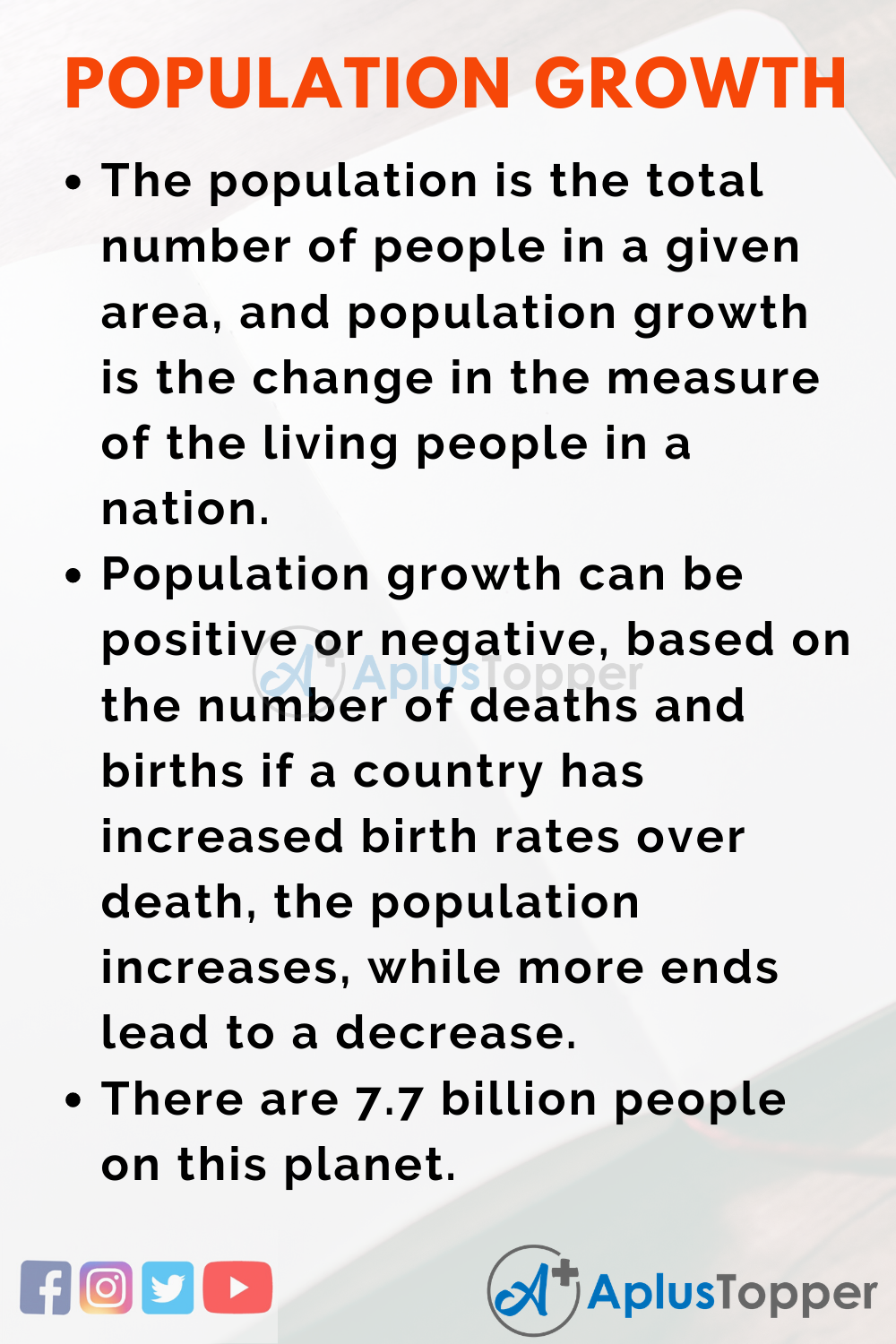Describes A Population That Is Increasing Rapidly

The relentless march of humanity continues, with its footprint expanding across the globe at an unprecedented pace. The world's population is not just growing; it is surging, presenting a complex web of challenges and opportunities for nations and individuals alike. This rapid increase demands immediate attention and thoughtful strategies to ensure a sustainable future for all.
The accelerating growth rate of the global population, while a testament to advancements in healthcare and living standards, presents a pivotal challenge for resource management, environmental sustainability, and socio-economic stability. This article will delve into the statistical realities of this population boom, explore its multifaceted impacts, and analyze the potential pathways towards a more balanced and equitable future. Understanding the drivers, implications, and possible solutions is crucial to navigating the complexities of a rapidly expanding human presence on Earth.
The Numbers Speak Volumes
According to the United Nations Department of Economic and Social Affairs (UNDESA), the global population recently surpassed 8 billion people. This milestone, reached in late 2022, signifies a remarkable acceleration in growth compared to previous centuries.
Consider that it took all of human history until the early 1800s to reach 1 billion. Yet, the last billion was added in a mere 12 years.
The UNDESA projects that the world population could reach 9.7 billion in 2050 and potentially peak at 10.4 billion in the 2080s before plateauing or even declining.
Regional Disparities in Growth
The population growth is not evenly distributed across the globe. Sub-Saharan Africa is experiencing the most rapid growth, with many countries projected to more than double their populations by 2050.
This region faces significant challenges in providing adequate resources and infrastructure for its burgeoning population.
In contrast, many European countries and some parts of Asia are experiencing declining populations due to low fertility rates and aging populations.
The Environmental Impact
A larger population places immense pressure on the Earth's finite resources. Increased demand for food, water, energy, and land contributes to deforestation, habitat loss, and biodiversity decline.
The Intergovernmental Panel on Climate Change (IPCC) emphasizes the link between population growth and greenhouse gas emissions, warning of the exacerbating effects of climate change.
Unsustainable consumption patterns, particularly in developed nations, further amplify the environmental impact of a growing population.
Water Scarcity
Access to clean water is becoming increasingly scarce in many parts of the world. Population growth strains existing water resources, leading to competition and potential conflicts.
Climate change, with its altered precipitation patterns and increased droughts, further exacerbates water scarcity in already vulnerable regions. Investing in water conservation technologies and sustainable water management practices is critical.
According to the World Resources Institute (WRI), many regions are already facing extremely high water stress, and the situation is projected to worsen with continued population growth.
Socio-Economic Challenges
Rapid population growth can strain social and economic systems, particularly in developing countries. Overcrowding in urban areas can lead to inadequate housing, sanitation, and healthcare services.
Increased competition for jobs can drive down wages and exacerbate income inequality. Providing quality education and employment opportunities for a growing population is essential for socio-economic stability.
Addressing poverty and promoting gender equality are crucial to managing population growth and fostering sustainable development.
"Empowering women through education and access to reproductive healthcare is vital for achieving sustainable population growth." - Dr. Natalia Kanem, Executive Director of UNFPA
Food Security
Feeding a growing global population presents a significant challenge for agriculture. Increasing food production while minimizing environmental impact requires innovative approaches and sustainable farming practices.
Climate change, with its potential to disrupt agricultural yields, further complicates the task of ensuring food security for all. Investing in agricultural research and promoting sustainable food systems are essential for addressing this challenge.
The Food and Agriculture Organization (FAO) emphasizes the need to reduce food waste and improve food distribution systems to ensure equitable access to food resources.
Potential Solutions and Strategies
Addressing the challenges posed by rapid population growth requires a multi-faceted approach. Promoting voluntary family planning, investing in education, and empowering women are crucial components of a sustainable population strategy.
Adopting sustainable consumption patterns, promoting resource efficiency, and investing in renewable energy are essential for mitigating the environmental impact of a growing population.
Strengthening international cooperation and fostering equitable development are vital for ensuring a more balanced and sustainable future for all.
Investing in Education
Education plays a pivotal role in shaping attitudes towards family size and promoting responsible decision-making. Educated individuals, particularly women, are more likely to delay marriage, have fewer children, and participate in the workforce.
Investing in quality education for all is essential for empowering individuals and fostering sustainable development. Comprehensive sex education and access to reproductive healthcare are also critical components of a responsible population strategy.
UNESCO emphasizes the transformative power of education in promoting social and economic progress and achieving sustainable development goals.
Looking Ahead
The rapid increase in global population presents both challenges and opportunities. By acknowledging the realities of population growth, implementing sustainable development strategies, and fostering international cooperation, we can strive towards a future where all individuals have the opportunity to thrive.
Ignoring the issue will only lead to increased environmental degradation, social instability, and economic inequality. The time for action is now.
A thoughtful and proactive approach to population management is essential for ensuring a sustainable and equitable future for generations to come.


















